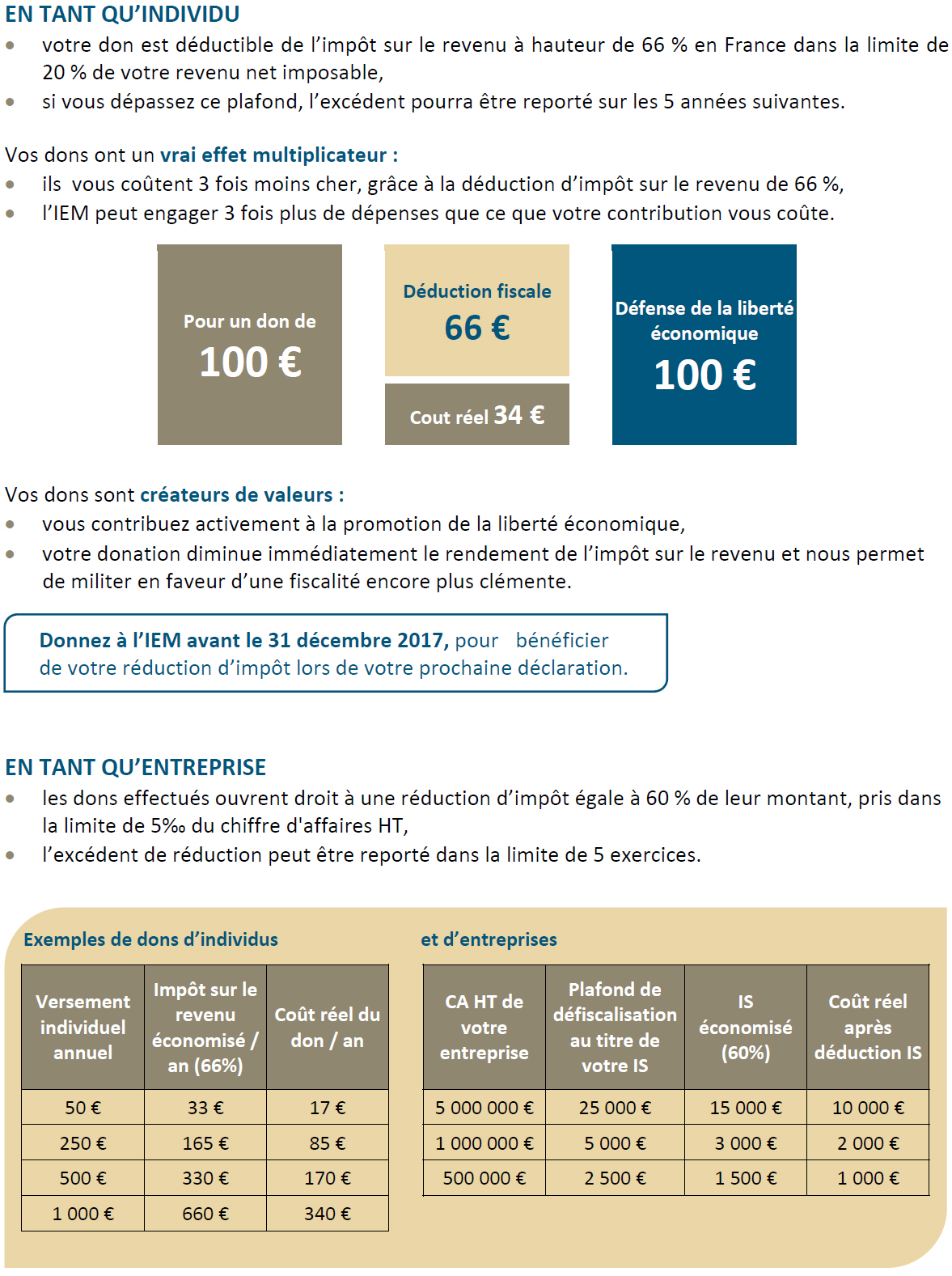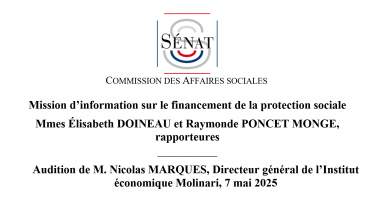An update on the long Covid and its possible economic impacts – February 2023
The Institut économique Molinari publishes a short report indicating Covid could significantly reduce potential growth (early withdrawal from the labor market, lower growth in exposed sectors) while increasing collective costs (health spending, early retirement, etc.).
Read the study (PDF Format) / Read the Press release / Lire l’étude (format PDF) / Lire le communiqué de presse
COVID, A LONG-TERM PUBLIC HEALTH ISSUE
With the wave of the Omicron variant, most Western countries have gradually abandoned the idea of controlling the number of infections related to the SARS-COV-2 virus, focusing on vaccination only to protect against hospitalization and death. However, since the beginning of the pandemic, we have seen the emergence of a new phenomenon called Long Covid.
The latter refers to the prolonged, fluctuating and multi-systemic symptoms that develop and then persist after infection with the SARS-COV-2 virus. The symptoms listed can be respiratory, cardiac, neurological, vascular, dermatological, ENT, digestive … and would affect, according to a study of a very large cohort published in Nature(1), up to 12% of infected and vaccinated adults.
Neurological and cognitive symptoms are among the most widespread with fatigue of course, « cognitive fog », concentration problems and a deterioration of what is called in medicine « the processes of visuo-spatial construction » that make it possible to analyse, understand and represent space (the environment) in two or three dimensions.
While a great deal of uncertainty surrounds this subject, many studies indicate that the phenomenon deserves attention as the economic and social consequences could be significant. Covid could significantly reduce potential growth (early withdrawal from the labour market, lower growth in exposed sectors) while increasing collective costs (health spending, early retirement, etc.). There is a risk that this pandemic will cause a negative scissor effect on our economies and public finances.
While data accumulates on the non-anecdotal nature of long Covid, the solution for the problems of those who suffer from it and the dynamics of the epidemic remain uncertain. Indeed, contaminations continue, wave after wave, with the possibility for each new variant to reinfect a very large part of the population that has, in part, renounced all forms of protection. The question therefore arises as to whether or not the increase in infections has the potential to trigger an ever-increasing number of long-term symptoms that can disable part of the working population, while they require care, for what we already know to be chronic diseases.
The cumulative effects of repeated Covid-19 infection are still poorly understood but appear to exist. For some, each new infection may be associated with higher risks. In a recent study(2), Ziyad Al-Aly, a clinical epidemiologist at Washington University in St. Louis, suggests that long Covid is more prevalent in people who have contracted multiple infections than in those who have only been sick once. Laith Abu-Raddad, an infectious disease epidemiologist at Weill Cornell Medicine-Qatar, hypothesizes that « every new infection is a new opportunity for Covid to strike. » He adds: « Every time we expose ourselves to reinfection, we are playing a very dangerous game. It may be this specific infection that will end up being the most serious. »(3) If their fears were verified, it could ultimately create untenable situations for social protection systems and, ultimately, tensions for our capitalist societies.
Only time will decide. However, to date, there are worrying elements indicating that labour markets are already impacted.
Notes
1. Al-Aly, Z., Bowe, B. and Xie, Y. (2022). Long COVID after breakthrough SARS-CoV-2 infection. Nature Medicine, 28(7), 1461–1467.
2. Bowe, B., Xie, Y., & Al-Aly, Z. (2022). Acute and postacute sequelae associated with SARS-CoV-2 reinfection. Nature Medicine, 28(11), 2398-2405.
3. McKeever, Amy. (2022, 29 July). How multiple COVID-19 infections can harm the body. National Geographic.





